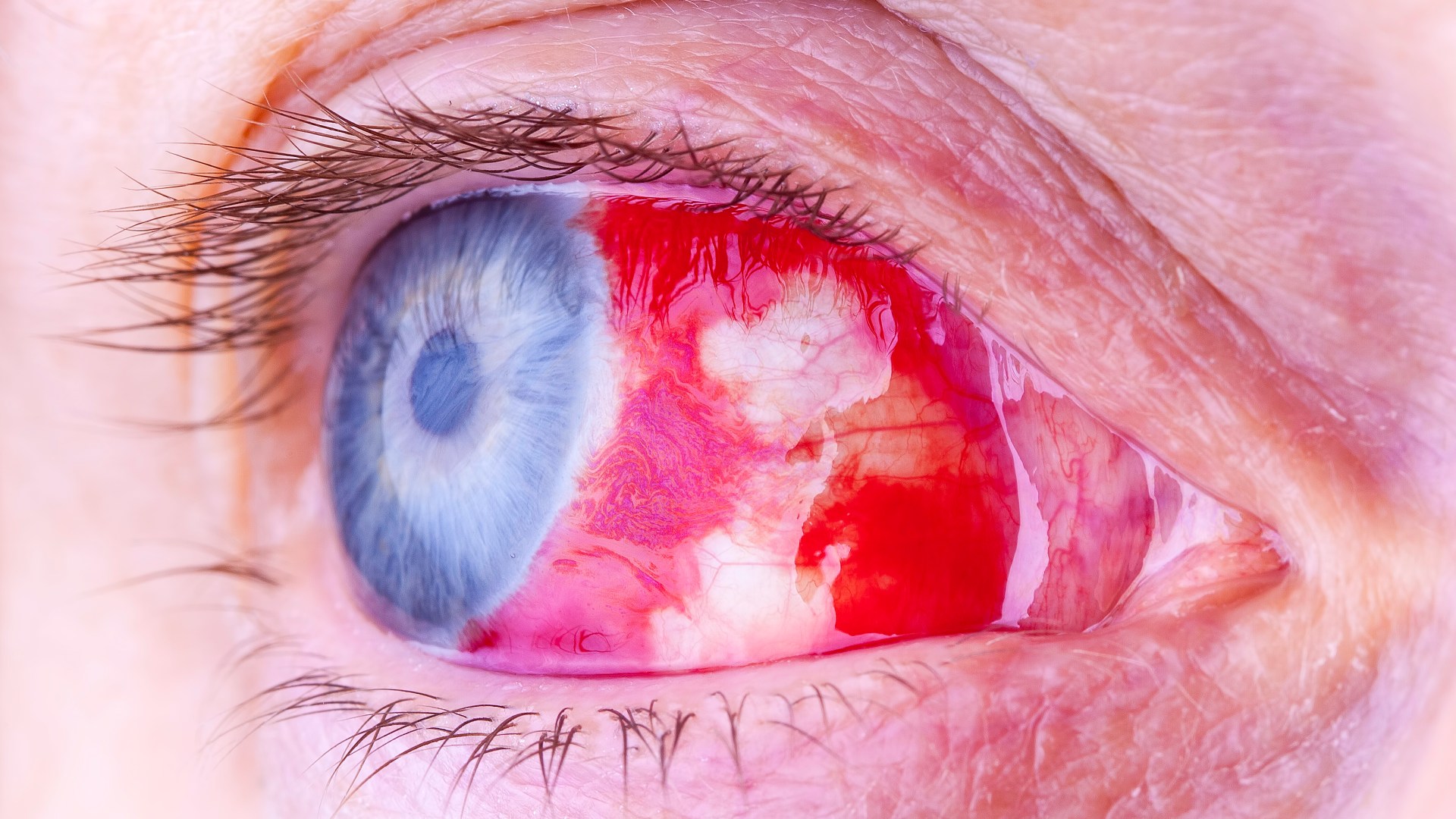A TEENAGER has tested positive for one of the world’s deadliest diseases which can cause eyes to bleed.
The 14-year-old boy contracted Crimean-Congo haemorrhagic fever (CCHF) which is mostly spread through infected ticks.

1
The case was detected in Pakistan, where another suspected infection was also reported.
The disease kills up to 40 per cent of infected people, according to the World Health Organization (WHO).
It is passed to humans through bites from infected ticks or by direct contact with infected animal blood.
It’s endemic in places with warm climates but experts warn it could soon be seen in the UK.
Quetta’s Fatima Jinnah Chest Hospital told Arab News a 14-year-old boy had tested positive for the virus.
“The infected patient is being treated in the Congo isolation ward, but we have another suspected Congo patient whose report is yet to be confirmed,” Dr Zubair Mandokhail, deputy medical superintendent at the facility, said.
This year, Pakistan reported 84 cases of CCHF and five deaths from the disease.
Hospitals in affected countries typically see an increase in cases around Eid, an Islamic festival celebrated after the annual Hajj pilgrimage, when people buy and slaughter animals in large numbers.
CCHF symptoms can range from a mild febrile, flu-like illness to severe disease characterised by bleeding, multi-organ failure and shock.
It was first found in Crimea in 1944 and is now endemic to Africa, the Balkans, the Middle East and some Asian countries.
Scientists fear the disease could be expanding out of its usual territories and moving towards the likes of Britain and France due to global warming.
There have been around 15 cases of CCHF infection in Spain since it was first detected in 2016.
The WHO listed CCHF as one of 37 “priority diseases” that pose the biggest threat to public health.
Prof Isabel Oliver, chief scientific advisor at the UK Health Security Agency previously said the risk to the UK population is still “very low” but “the risk may increase in the context of a changing climate and environment”.
A report published last year revealed disease-ridden bugs – carrying several diseases including Rift Valley fever – were found in 26 European countries.
Other diseases on the watch list include dengue fever, chikungunya, West Nile disease, yellow fever and Zika.
Deadly haemorrhagic fever in the UK
THE last time the UK saw a case of Crimean-Congo haemorrhagic fever was in 2022.
A woman received specialist treatment for the disease at the Royal Free Hospital in London after travelling to central Asia.
The latest case was only the third recorded in England, with previous infections detected in 2012 and 2014.
The UK Health Security Agency (UKHSA) said no onward transmission was reported in either instance and said the current risk to the public is “very low”.
“It’s important to be aware that Crimean-Congo haemorrhagic fever is usually spread by tick bites in countries where the disease is endemic, it does not spread easily between people and the overall risk to the public is very low,” said Dr Susan Hopkins, Chief Medical Advisor at UKHSA.




